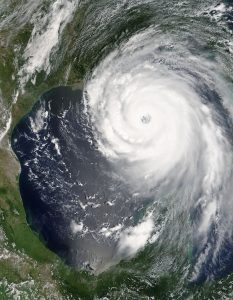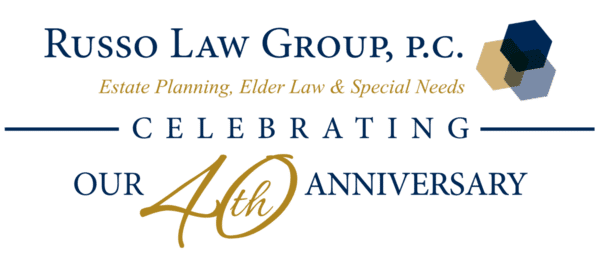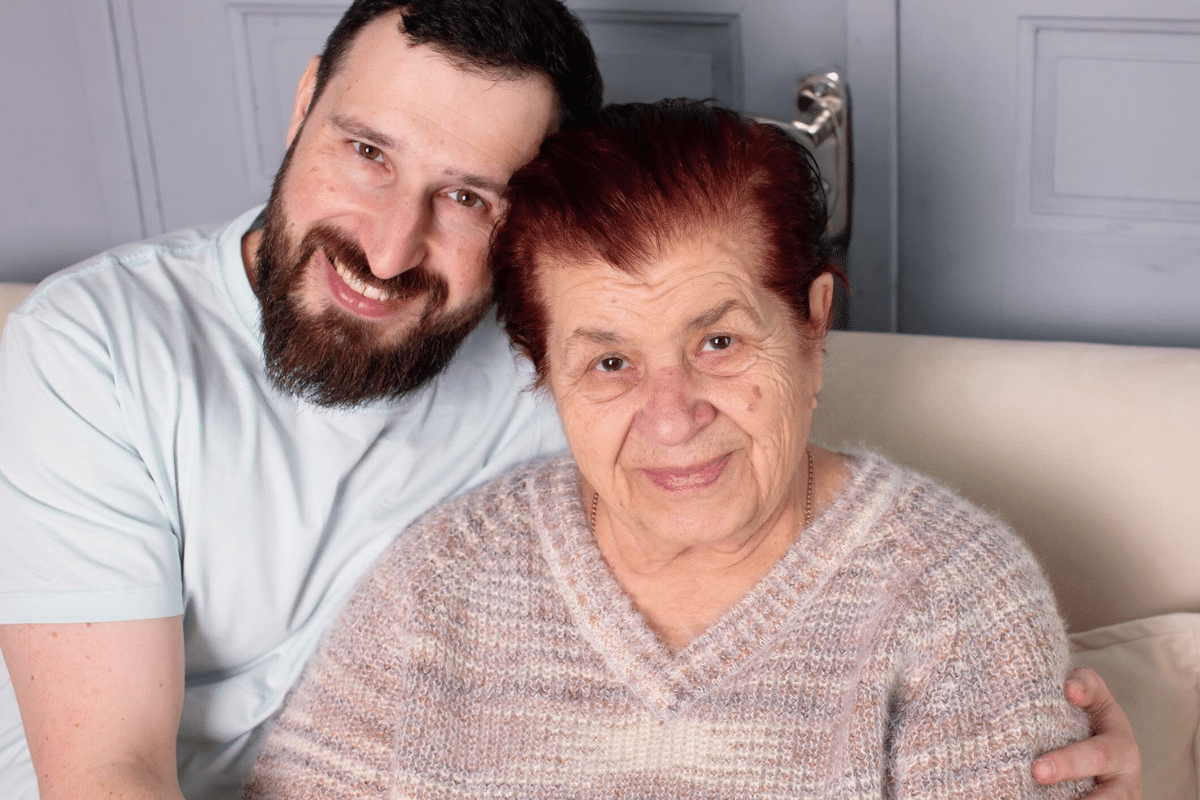The aging U.S. population means that more people will likely need nursing home care in…

Before the next devastating storm hits our shores, it is crucial to make sure we are ready to provide the appropriate relief to all residents, especially those within our most vulnerable populations, such as residents of nursing homes and assisted living facilities.
Recently, the Centers for Medicare & Medicaid Services (CMS) finalized a new rule establishing emergency preparedness requirements for healthcare providers participating in Medicare and Medicaid. The new rule is aimed at increasing patient safety during emergencies and establishing a more coordinated response to natural and man-made disasters.
An estimated 72,315 American healthcare providers and suppliers—from hospitals and nursing homes to dialysis facilities and care homes for those with intellectual disabilities—will have approximately one year to meet the new disaster preparedness requirements.
The new rule is aimed at preventing the severe breakdown in patient care that followed disasters including Hurricane Katrina and Hurricane Sandy, while also strengthening the ability to provide services during man-made emergencies, such as terrorist attacks and pandemics.
One of the main goals of the rule is to make it more likely that facilities will be able to stay open and able to care for patients, and if they need to close or stop work temporarily, get back up and able to care for patients quickly.
The new rule requires Medicare and Medicaid participating providers and suppliers to meet the following four standards:
- Emergency plan: Based on a risk assessment, develop an emergency plan using an all-hazards approach focusing on capacities and capabilities that are critical to preparedness for a full spectrum of emergencies or disasters specific to the location of a provider or supplier.
- Policies and procedures: Develop and implement policies and procedures based on the plan and risk assessment.
- Communication plan: Develop and maintain a communication plan that complies with both Federal and State law. Patient care must be well-coordinated within the facility, across healthcare providers, and with state and local public health departments and emergency systems.
- Training and testing program: Develop and maintain training and testing programs, including initial and annual trainings, and conduct drills and exercises or participate in an actual incident that tests the plan.
Hopefully, the providers and suppliers will implement these new requirements immediately to ensure that they are prepared the next time a devastating disaster occurs. It is crucial to ensure that the members this vulnerable population can continue to receive the care they need.
If you or your loved ones have questions or comments, please contact us.
Eric J. Einhart
Russo Law Group, P.C.
100 Quentin Roosevelt Blvd., Suite 102
Garden City, NY 11530
800-680-1717





Comments (0)